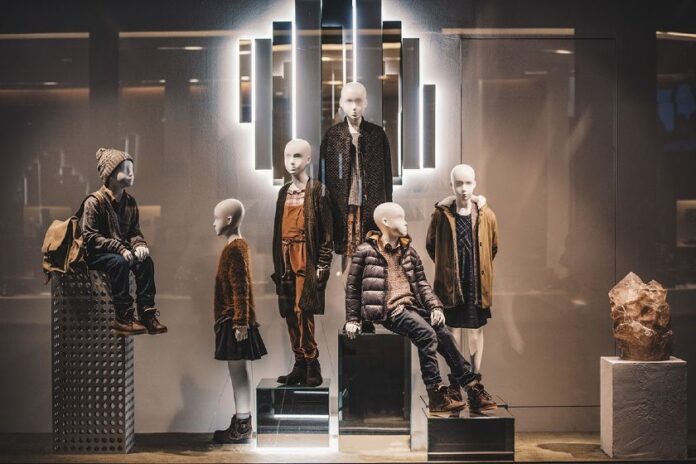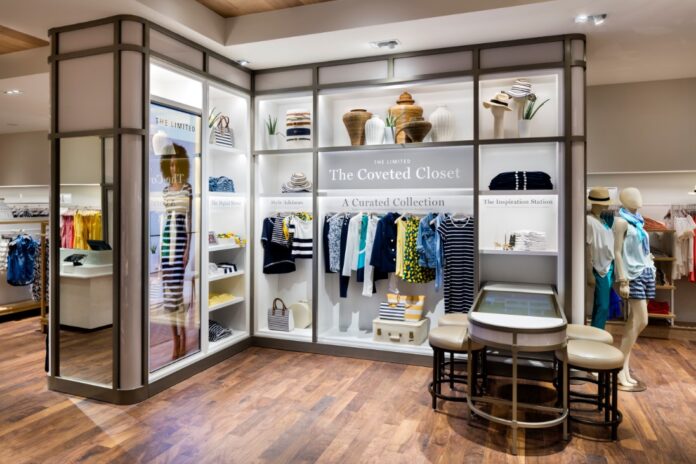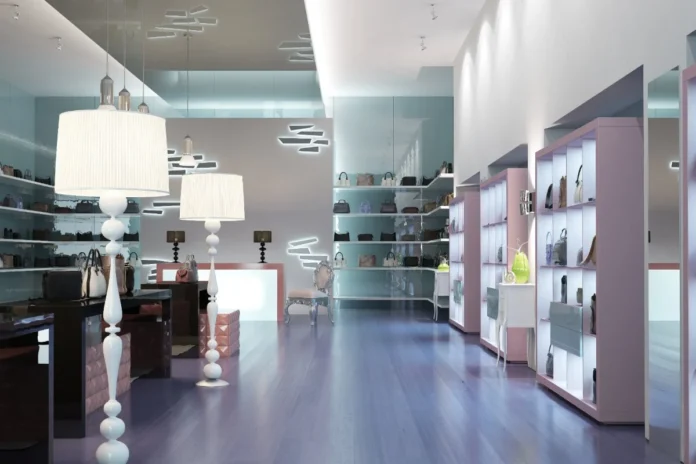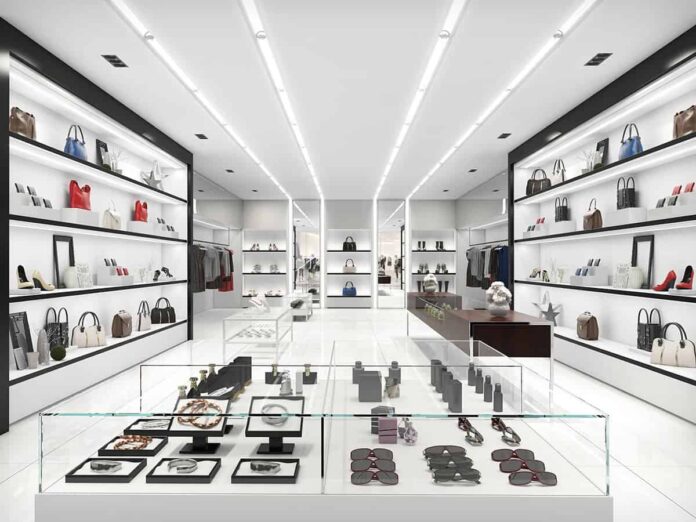
Are you looking for unique ways to attract more customers to your retail shop? If yes, you are in the right place. With cut-throat retail competition, it is essential to create engaging retail displays that exhibit your innovative and creative sales mind.
In this efficient guide, we have shared some brilliant tips that will help in improving your business sales and engagement in the best way. They will allow you to design outstanding retail stores that customers love to shop at! So, without any further ado, let’s get started.
11 Tips To Create Effective Display Arrangements In Your Store For Sales

1. Clear The Store’s Outdoor Setting
You have to remember that the items displayed in the outdoor setting of your store need to complement or enhance the overall aesthetics of your store. This will allow the visitors to engage with your brand and you can convert them into customers.
Make sure that you are not keeping several products in the outdoor setting as it can reduce the chances of converting your visitors to potential customers. You can evaluate the space by standing outside of your store and analyzing all the elements. Consider the space, signs, products, displays, and other elements, and create a comfortable space for your visitors that will complement their line of sight into your store.
2. Create A Hot Zone
A hot zone is an area that attracts the eye of your visitors before they physically enter your store. You can create an eye-catching entrance or set up a stunning window display so that it attracts your prime target audience.
You can add special offers, new arrivals, and other unique products of your brand to the hot zones to attract customers to your store.
3. Don’t Forget To Set Up A Strike Zone
A strike zone is an area in your store where the customers will look at the price and quality of the products. You have to set up beautiful retail displays in this area and add a mix of your top-range and mid-range products to welcome all types of customers.
You can even add your special and unique products to the retail displays to make an excellent first impression.
4. Keep The Products Between Knee And Eye-Level Height

You have to make sure that all your products are kept between the knee and eye-level height to make the most sales. You have to play strategically and keep the kid products below so that they catch the eyes of the children.
Moreover, you have to set the most profitable selection at the adult eye level so that your customers can quickly make their selection. Moreover, offer all the information clearly to further facilitate the whole process of their purchasing.
5. Keep Essential Items Towards The Exit
Make sure you keep the essential items like salt, milk, eggs, etc., on the displays at the end of the store so that your customers can take a look at the whole merchandise that you have displayed in your store. Sometimes, the customer makes impulse purchases by looking at a particular item in the store.
5. Customer Psychology
One of the most overlooked yet essential factors in setting up a retail display is understanding customer psychology. Knowing how customers think, what they want, and what draws them can play a crucial role in creating impactful displays.
Often, customers don’t exactly know what they need until they see it. Stock your store with seasonal and trending products. For instance, umbrellas during the rainy season or sunscreen during the summer months can remind customers of their immediate needs.
Customers are driven by emotions. Use colors, sounds, and even scents to create a mood. For instance, using warm colors can create a sense of comfort, making customers spend more time (and money) in the store.
6. Use Interactive Displays
Let customers touch, feel, or even try products. Interactive displays, especially for electronics, toys, or cosmetics, can be very engaging.
Consider integrating digital elements like screens showing product demos, QR codes to provide additional product details or even customer reviews. Such elements provide valuable information and can convince customers of a product’s value.
7. Regularly Update Displays
Change your displays with the seasons. Use festive decors during holidays, and highlight seasonal products. This keeps your store looking fresh and invites regular customers to see what’s new.
If there’s a local festival or event, integrate themes around it in your display. It shows community involvement and can draw attention from local shoppers.
8. Implement Good Lighting

Use spotlighting to draw attention to premium products or new arrivals.
Lighting isn’t just about visibility. Different lighting can set different moods. For instance, a soft warm light can create a cozy feeling, making customers feel comfortable and more likely to linger.
9. Educate Your Customers
Sometimes, customers need a bit more information to make a purchase decision. Include informational placards or digital displays that provide insights about the product—like its origin, benefits, or ways to use it.
Organize in-store workshops or product demonstrations. Not only does this educate customers about the products, but it also offers an interactive shopping experience.
10. Invest in Quality Signage
Your store should have clear branding that reflects your values and what you offer. This helps in setting expectations right from the entrance.
Highlight promotions, discounts, or special offers using quality signage. Ensure they are placed strategically where they are most likely to catch a customer’s eye.
11. Feedback is Gold
Set up a feedback kiosk or have store attendants ask for feedback. This can provide valuable insights into how your displays affect customer behavior and areas of improvement.
Regularly review feedback and make necessary adjustments. The retail world is ever-evolving, and being adaptable can set you apart from competitors.
Final Words
Creating an effective retail display is an art backed by science. The aim is to create a shopping environment where customers feel engaged, informed, and comfortable. Regularly updating your strategies and being in tune with customer needs can lead to increased footfalls and sales. Remember, the best displays tell a story, engage the senses, and provide a memorable shopping experience.









